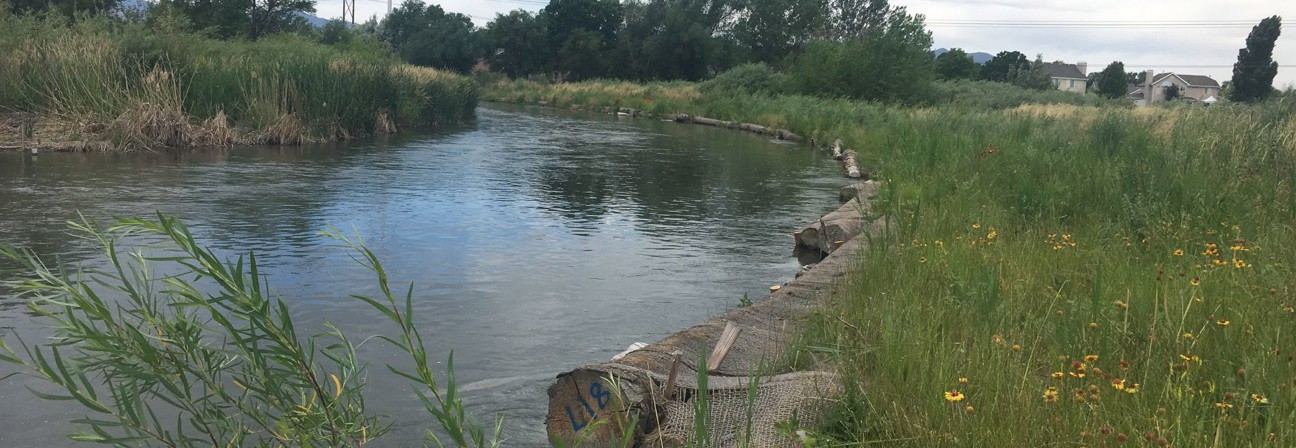Natural Channel Design
Natural channel design uses the principles of fluvial geomorphology (the processes and pressures that shape river systems) to evaluate the potential for a degraded stream to be restored to its historic stable form. The end result is a self-sustaining stream system that provides valuable hydraulic (water transport), geomorphic (sediment erosion and transport) and ecological (habitat, water quality) functions.
In a healthy system, a stream will overflow its base flow channel every 1.5 years (on average). This allows pollutants to be processed on the floodplain, riparian plants to flourish, the flowing stream to be flushed of organic materials, and most stream functions of value to humans to be performed. In a degraded system, the channel has often eroded down so deeply that the stream is no longer connected to its floodplain, except during the most extreme flood events. This limits stream functions and exacerbates bank erosion problems.
Urban streams are commonly channelized and armored with rock or concrete to protect infrastructure built in the floodplain. While this is an effective local flood control method, it does not allow the stream to function as a natural system, and often increases problems downstream. Natural channel design techniques will vary depending on whether there is space adjacent to the channel to allow for increased water on the floodplain without damaging nearby infrastructure.
